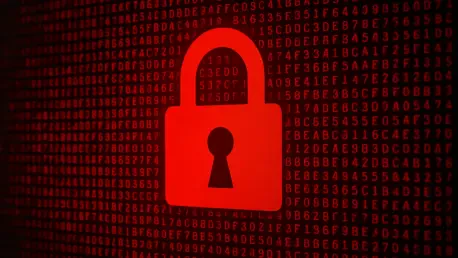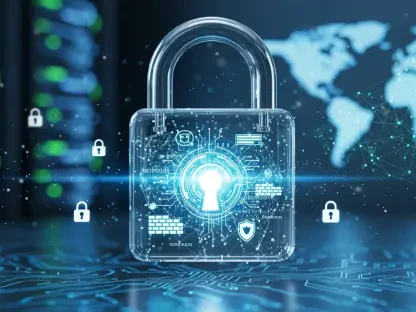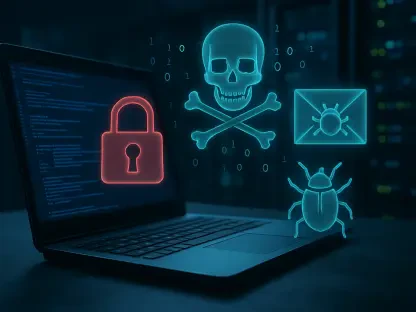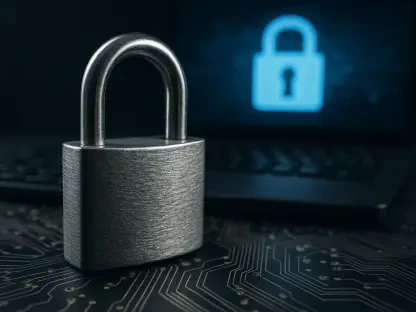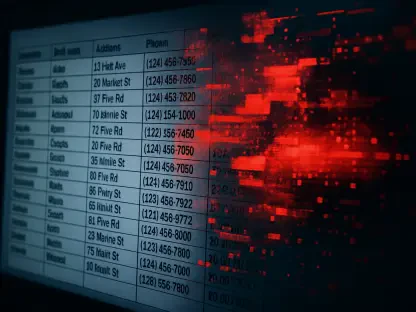In today’s cybersecurity landscape, breaches are becoming more commonplace, and the stakes are higher than ever. Recently, South Korea took decisive action against its largest mobile telecommunications provider, SK Telecom, following a breach that exposed sensitive data and compromised infrastructure. To discuss the intricacies of this incident and its broader implications for the industry, we are joined by Rupert Marais, an esteemed security specialist with expertise in endpoint security, cybersecurity strategies, and network management.
Can you explain the recent security breach at SK Telecom? What led to the breach, and how was it discovered?
The breach at SK Telecom was a significant incident, uncovering a failure in their security protocols. It all started when external data transmissions were detected on April 18, leading SK Telecom to notify the Korea Internet & Security Agency two days later. The delay in notification was due to the challenge of coordinating a swift investigation across their vast server infrastructure, which harbored over 42,000 servers. What sparked the breach was largely attributed to poor account management and inadequate encryption practices, which left the door wide open for malicious activities.
What specific strains of malware were found on SK Telecom’s servers? Can you describe the BPFDoor backdoor, and were there any other notable malware types discovered?
The investigation revealed a range of malware strains on SK Telecom’s servers, most notably the BPFDoor backdoor. BPFDoor is known for stealthily infiltrating systems, gaining unauthorized access, and maintaining persistence. Alongside 27 strains of BPFDoor, the team detected other malware, including three strains of Tiny Shell, which is particularly virulent given its lightweight footprint, making it harder to detect. These strains demonstrate the range of tools cybercriminals have at their disposal and underscore the complexity of securing such extensive networks.
How does the South Korean government plan to penalize SK Telecom for this breach, and what legal requirements are they now mandated to follow?
While the monetary penalty inflicted was relatively minor—a fine of up to 30 million won—the real impact lies in the extensive legal requirements imposed. SK Telecom must now conduct quarterly security assessments, provide free USIM exchanges to users, and allow subscribers to cancel without penalty. These measures are designed to enhance accountability and ensure dynamic security posture improvements. The government’s approach signifies a prioritization of proactive security management over mere financial compensation.
How is SK Telecom expected to address these security vulnerabilities moving forward? What is the significance of moving the CISO directly under the CEO, and how will the company ensure better encryption and account management?
SK Telecom is making momentous changes in its organizational structure to tackle these vulnerabilities head-on. By positioning the CISO directly under the CEO, the company aims to integrate its cybersecurity strategy deeply within its executive framework, ensuring that security decisions come from the top and permeate throughout all operations. The CISO’s elevated role is crucial for advancing encryption practices and refining account management systematically, thereby reducing risks associated with lax security measures.
What are the broader implications of this breach for the telecommunications industry? What message does this send to other companies in the sector?
This breach sends a clear warning to the telecommunications sector: proactive security is non-negotiable. The ramifications aren’t just limited to the potential revenue loss SK Telecom expects, but extend to the reputational damage and operational interruptions lurking in the shadows of inadequate security frameworks. It serves as a wake-up call for companies to prioritize data security measures, rebuild trust with consumers, and preemptively address vulnerabilities before they escalate into full-blown crises.
How are advanced persistent threat (APT) groups connected to this breach, and what similarities exist between threats faced by South Korean and US critical infrastructures?
APT groups are well-known for their strategic targeting of critical infrastructure, exploiting similar vulnerabilities they find within telecom networks in South Korea and the US. Both regions face attacks fueled by compromised credentials and excessive access privileges—vulnerabilities ripe for exploitation. Cybercriminals, alongside state actors, share tactics that transcend borders, making collaborative international cyber defense increasingly vital to thwart such persistent threats.
What measures can global companies take to prevent similar breaches, and how important are regular security assessments?
Global companies must adopt a forward-thinking approach by routinely conducting security assessments to update and reinforce their defenses. These assessments are pivotal, identifying potential vulnerabilities and allowing firms to patch them proactively. By shifting focus toward securing identities and access—not just perimeter defenses—organizations can more effectively prevent unauthorized access and reduce the risk of similar breaches.
How are regulations around the world evolving in response to cybersecurity threats, and what role does law enforcement play in this context?
Regulatory landscapes are advancing worldwide as governments recognize the severity of cyber threats and adapt accordingly. Nations are devising more comprehensive frameworks, imposing stringent penalties aimed not only at deterring potential offenders but also aligning corporate governance with robust security measures. Law enforcement’s role is increasingly pivotal, bolstering abilities to detect and apprehend cybercriminals, thus strengthening the overall security ecosystem and fostering a safer digital environment for corporations.
In light of this incident, how should organizations measure their security efforts? How can organizations go beyond perimeter defenses to protect themselves?
Organizations need to assess their security efforts comprehensively, looking at both operational protocols and potential reputational risks. Beyond the perimeter defenses, focusing on enhancing identity management and access controls is critical. By allocating resources towards these areas, companies can safeguard high-value assets and ensure their security measures are responsive to evolving threats. A breach’s true cost can be seen in long-term reputational harm and operational disruption, which are far more damaging than any immediate financial penalties.
